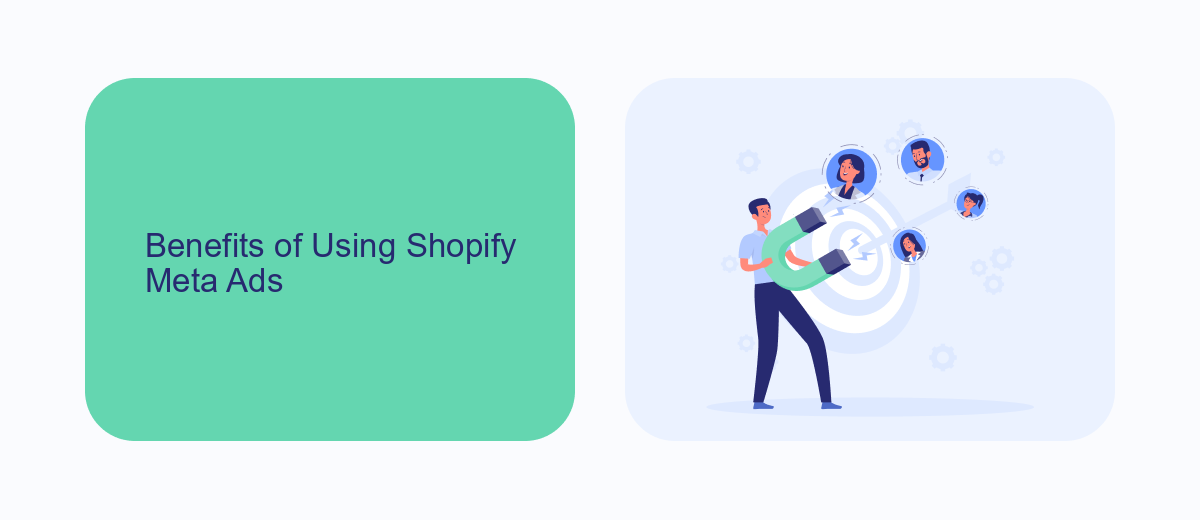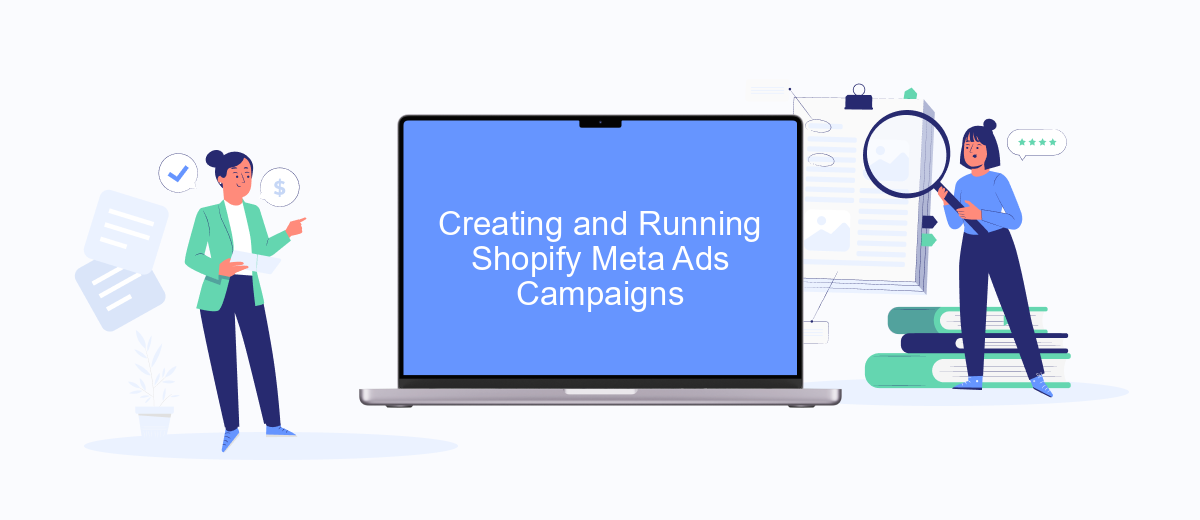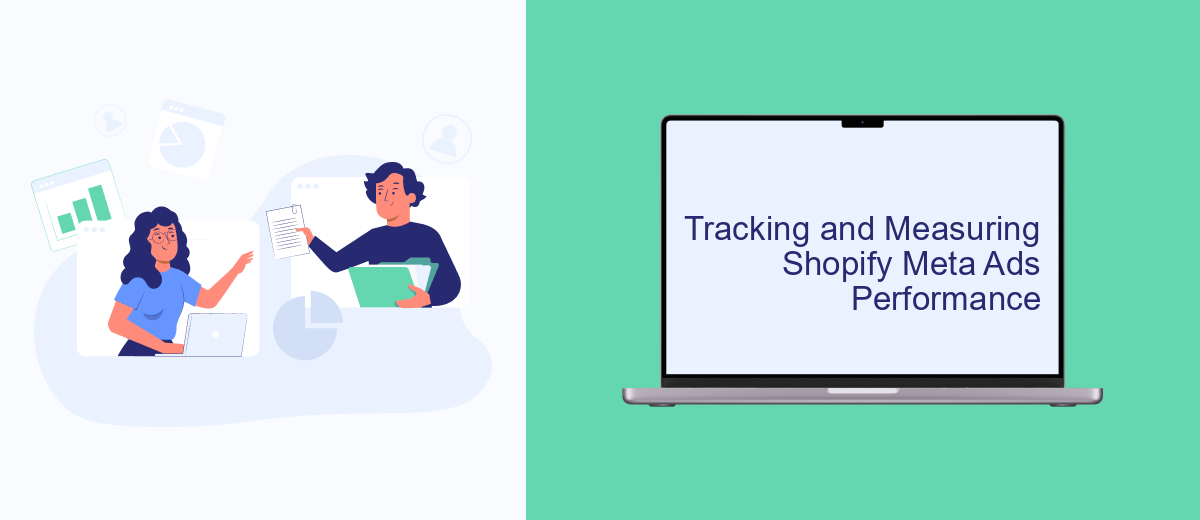In today's digital landscape, effective advertising is crucial for online business success. Shopify Meta Ads offer a powerful tool for e-commerce entrepreneurs to reach their target audience with precision. By leveraging advanced targeting options and real-time analytics, Shopify Meta Ads empower businesses to maximize their advertising ROI, driving traffic and boosting sales on their Shopify stores.
Shopify Meta Ads Overview
Shopify Meta Ads is a powerful tool that allows e-commerce businesses to streamline their advertising efforts on Facebook and Instagram. By integrating Shopify with Meta Ads, merchants can create, manage, and track their ad campaigns directly from their Shopify admin panel, providing a seamless and efficient marketing experience.
- Easy integration with Shopify store
- Manage Facebook and Instagram ads from one place
- Track performance and optimize campaigns
- Access to advanced targeting options
For businesses looking to simplify the integration process, services like SaveMyLeads can be invaluable. SaveMyLeads automates the connection between Shopify and Meta Ads, ensuring that all your data flows smoothly and accurately. This allows you to focus more on crafting effective ad strategies and less on the technical aspects of integration.
Benefits of Using Shopify Meta Ads

Using Shopify Meta Ads offers a range of benefits that can significantly enhance your online store's visibility and sales performance. One of the primary advantages is the ability to reach a highly targeted audience through precise ad placements. Shopify Meta Ads leverage user data to ensure that your ads are shown to potential customers who are most likely to be interested in your products, thereby increasing conversion rates and maximizing your return on investment.
Additionally, integrating Shopify Meta Ads with services like SaveMyLeads can streamline your marketing efforts. SaveMyLeads automates the process of capturing and managing leads generated from your ads, allowing you to focus on crafting compelling ad content and optimizing your campaigns. This seamless integration ensures that no potential customer slips through the cracks, helping you build a robust and efficient sales funnel. By leveraging these tools, you can create a more effective and automated marketing strategy that drives growth for your Shopify store.
Creating and Running Shopify Meta Ads Campaigns

Creating and running Shopify Meta Ads campaigns can significantly boost your store's visibility and sales. To get started, ensure your Shopify store is well-integrated with Meta Ads. This involves setting up the Facebook Pixel and connecting your Facebook account to Shopify.
- Navigate to your Shopify admin panel and click on "Online Store."
- Select "Preferences" and scroll down to the Facebook Pixel section.
- Enter your Facebook Pixel ID and save the changes.
- Go to the Facebook Ads Manager and create a new campaign.
- Choose your campaign objective, such as conversions or traffic.
- Define your target audience, budget, and ad schedule.
- Create compelling ad creatives and set up tracking parameters.
- Review and publish your campaign.
For seamless integration and automation, consider using SaveMyLeads. This service can help you connect your Shopify store with Meta Ads, automating lead management and ensuring you never miss an opportunity to engage with potential customers. With these steps and tools, you can effectively run and optimize your Shopify Meta Ads campaigns.
Tracking and Measuring Shopify Meta Ads Performance

Tracking and measuring the performance of your Shopify Meta Ads is crucial for optimizing your advertising strategy. By understanding which ads are driving traffic and conversions, you can allocate your budget more effectively and improve your return on investment.
To start, ensure that you have proper tracking set up through tools like Facebook Pixel and Google Analytics. These tools will provide you with detailed insights into user behavior and ad performance. Additionally, integrating your Shopify store with SaveMyLeads can automate the data transfer process, making it easier to keep track of your campaigns.
- Set up Facebook Pixel to track user interactions.
- Use Google Analytics for comprehensive performance metrics.
- Integrate with SaveMyLeads to automate data collection.
- Monitor key performance indicators (KPIs) like CTR, CPC, and conversion rates.
Regularly reviewing these metrics will help you identify trends and make data-driven decisions. By continuously optimizing your ads based on performance data, you can ensure that your Shopify Meta Ads are both effective and efficient.
Integration with Shopify (using SaveMyLeads)
Integrating Shopify with Meta Ads can be a seamless process using SaveMyLeads. This platform simplifies the connection between your Shopify store and Meta Ads, allowing you to automate data transfer and ad campaign management. With SaveMyLeads, you can easily sync customer information, purchase data, and other essential metrics, ensuring that your ad targeting is always up-to-date and accurate.
The integration process is straightforward and doesn't require advanced technical skills. Simply create an account on SaveMyLeads, select Shopify and Meta Ads as your source and destination platforms, and follow the step-by-step instructions to link the two. Once connected, SaveMyLeads will automatically handle data synchronization, freeing up your time to focus on optimizing your ad strategies and growing your business. This seamless integration ensures that your marketing efforts are both efficient and effective.
FAQ
What are Meta Ads on Shopify?
How do I set up Meta Ads for my Shopify store?
Can I automate my Meta Ads campaigns on Shopify?
What metrics should I track to measure the success of my Meta Ads?
How can I optimize my Meta Ads for better performance?
Use the SaveMyLeads service to improve the speed and quality of your Facebook lead processing. You do not need to regularly check the advertising account and download the CSV file. Get leads quickly and in a convenient format. Using the SML online connector, you can set up automatic transfer of leads from Facebook to various services: CRM systems, instant messengers, task managers, email services, etc. Automate the data transfer process, save time and improve customer service.
